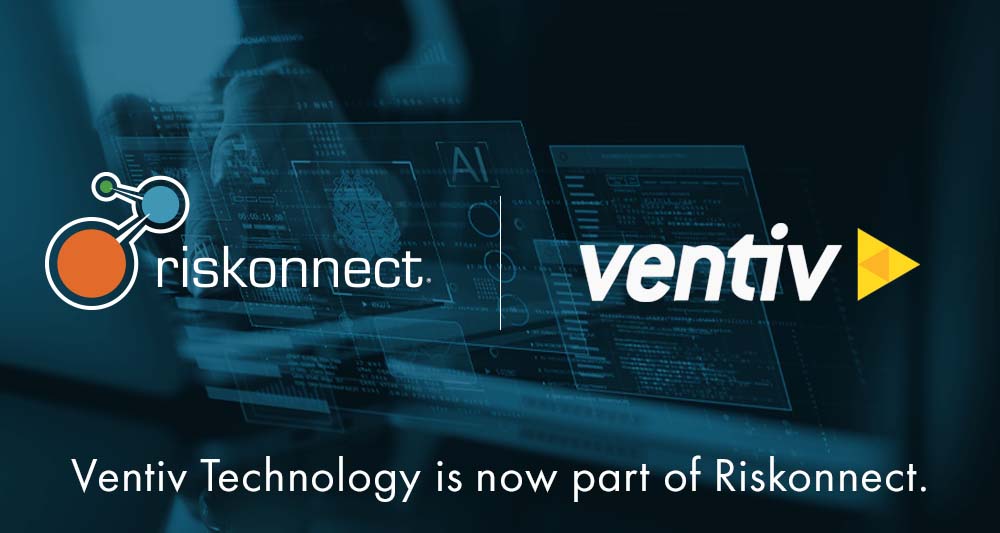Digital transformation has become a necessity for organizations seeking to stay competitive and relevant. Leaders are investing in systems to boost efficiency, lower costs, and improve results. Machine learning and artificial intelligence are redefining the way organizations operate. Simply adding technology, however, is no guarantee of results. Success depends on the way you manage digital transformation risks.
Five Threats to Digital Transformation
Each phase of the digital transformation process brings myriad external and internal risks that must be monitored and managed to keep the business on track. However, McKinsey estimates that 75% of companies have not adequately assessed their digital transformation risks. Organizations that want to stay on track need to assess potential threats and have an action plan in place. Here are five risks to start with as you embark on your own digital transformation:
1. Cybersecurity. Organizations that collect and store vast amounts of information are prime targets for hackers and cybercriminals. A single cyberattack or data breach can cause severe financial and reputational damage.
Protect your organization with firewalls, encryption, and other security measures. Regularly test and audit your practices. And invest in cybersecurity training for employees as a frontline defense. You’ll also want to have a response plan in place to minimize the impact should something happen.
2. Siloed technology. MuleSoft research revealed that organizations use an average of 976 individual applications – but only 28% of these are integrated. Without a holistic approach, it’s easy to get stuck in a maze of stand-alone point solutions that are unable to move the efficiency needle because they can’t leverage the advantages of sharing.
The power of digital transformation is in opening up the flow of information to inform the decision-making cycle. Technology that’s integrated across functions helps eliminate redundant work, promote consistency in data, and accelerate the value to the organization. Prebuilt connectors and software services can simplify integration, accelerate value, and increase satisfaction.
3. Resistance to change. Employees may be hesitant to adopt new technology for a variety of reasons, including dislike of disruption, insufficient skills, or fear of job loss. Having technology that your employees aren’t comfortable using can hinder progress and threaten the success of your digital transformation initiatives. Intuitive technology, user involvement, ample training, and transparent communication throughout the process can help overcome cultural resistance.
4. Lack of guidance. Individual teams may have deep expertise in their own functions, but left unchecked, that can lead to “shiny new thing” syndrome. Multiple groups deciding independently to jump on the hot new tech trend or adopt a quick fix to a single problem is not going to further your digital transformation as a whole.
A successful digital transformation involves the entire organization from the top down, getting buy-in from everyone along the way. Any new technology has to be part of a larger vision for the company.
5. Moving too fast – or too slow. Digital transformation is about accelerating the time to value. But speed can be dangerous if you try to do too much too soon. Skimping on testing, communications, or integrations can come back to bite you in the end.
Move at a pace that keeps the momentum going, while maintaining enough time cushion to allow you to pivot if problems crop up.
Digital transformation offers immense opportunities to innovate, streamline processes, and improve customer experiences. It can help mitigate risks like talent shortages, manual errors, and slow response time. And APIs can enable new levels of connections between systems. But digital transformation risks cannot be ignored. Integration issues can slow down the transformation process. Security issues can make you vulnerable to cyberattacks. And governance issues can waste time and money chasing the wrong solutions. If digital transformation is a crystal ball that allows organizations to glimpse their future, risk management offers protection throughout the journey. Put sophisticated risk and compliance systems in place to manage your risks – that align with the digital transformation happening in other parts of the organization. With a full view of risk in a single platform, you can confidently make decisions that will steer the organization toward a successful future.
For more on integrated risk management, download our ebook, Conquering the New World of Risk with Integrated Risk Management, and check out Riskonnect’s IRM solutions.





